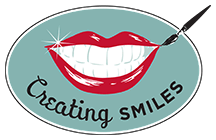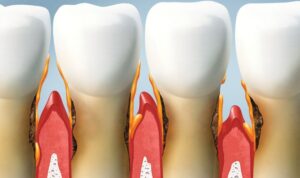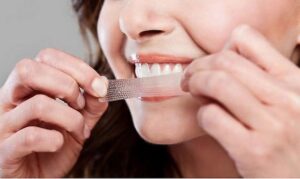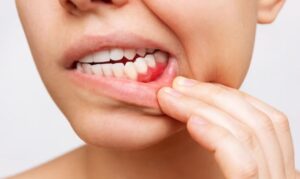The Basics of Brushing Your Teeth
One of the most crucial aspects of oral hygiene is brushing your teeth, which is vital for overall health. Good brushing keeps cavities and gum disease at bay and fosters a confident, white smile. We will review the fundamentals of brushing your teeth in this extensive tutorial to ensure you have the skills and information required for the best possible oral health.
The Importance of Brushing:
Let’s first examine the significance of brushing before getting into the details. Our mouths are havens for germs, which, if left unchecked, may cause many dental problems. Our teeth are continually covered with plaque, a sticky film of bacteria that, if ignored, may harden into tartar and cause cavities and gum disease. The first line of defense against these problems is consistent brushing, which helps to eliminate plaque, stop decay, and preserve general oral health.
Choosing the Right Toothbrush and Toothpaste:
Choosing the appropriate instruments is the first step toward a healthy smile. Manual and electric toothbrushes work well; soft bristles are important to look for in a toothbrush. Soft bristles efficiently remove dirt and plaque from your teeth while being kind to your gums and enamel. Electric toothbrushes with their revolving or oscillating heads might offer a deeper clean for people who struggle with manual brushing.
When it comes to toothpaste, the selection is vast. Seek fluoride toothpaste, as fluoride strengthens tooth enamel and guards against cavities. Moreover, consider toothpaste with extra characteristics like whitening or tartar management, according to your requirements.
Proper Brushing Technique:
Now that you have the right tools let’s explore the proper technique for effective brushing:
- Position your toothbrush: Maintain a 45-degree angle between your toothbrush and gums. This enables the bristles to get to where plaque builds up—between your teeth and gums.
- Use gentle, circular motions: Steer clear of rough cleaning, which might aggravate your gums and harm your enamel. Instead, brush your teeth’ front, rear, and chewing surfaces in gentle, circular strokes.
- Remember your tongue and cheeks: Additionally, the inside surfaces of your cheeks and tongue might develop plaque buildup. To finish your dental hygiene regimen, give these regions a gentle brushing.
- Brush for at least two minutes: The American Dental Association advises brushing for at least two minutes to guarantee a complete cleaning. It is useful to focus on each of the four quadrants of your mouth for thirty seconds.
- Be consistent: Brush your teeth twice daily, ideally just before bed. For dental health to remain at its best, consistency is essential.
Additional Tips for Effective Brushing:
- Replace your toothbrush regularly: Your toothbrush’s bristles may become less efficient with wear and tear over time. Change your toothbrush or head every three to four months or sooner if the bristles seem ragged.
- Rinse your toothbrush thoroughly: Rinse your toothbrush well with water after every use to get rid of any residue and leftover toothpaste.
- Store your toothbrush properly: Let it air dry while keeping it upright. Keep it dry; wet conditions encourage the growth of germs.
- Use a mouthwash: For extra defense against germs and cavities, add fluoride or antimicrobial mouthwash to your daily dental hygiene regimen.
Conclusion:
Cleaning your teeth is an easy yet essential habit to maintain your dental health. You can maintain the health of your teeth and gums for the rest of your life by using the correct instruments, learning the right technique, and sticking to a regular schedule. Remember that proper tooth brushing is the first step in having a confident and radiant smile. Regular dental check-ups, including professional cleanings by a qualified St. Petersburg dentist, can also contribute significantly to your overall oral health.






